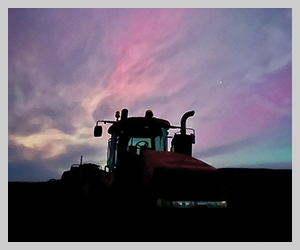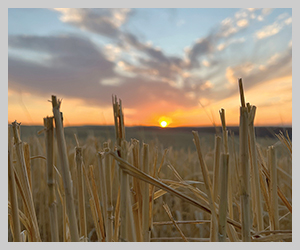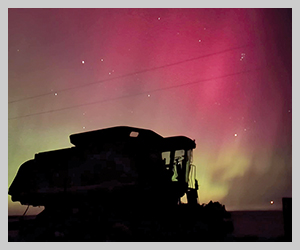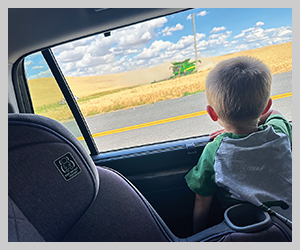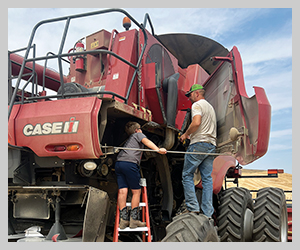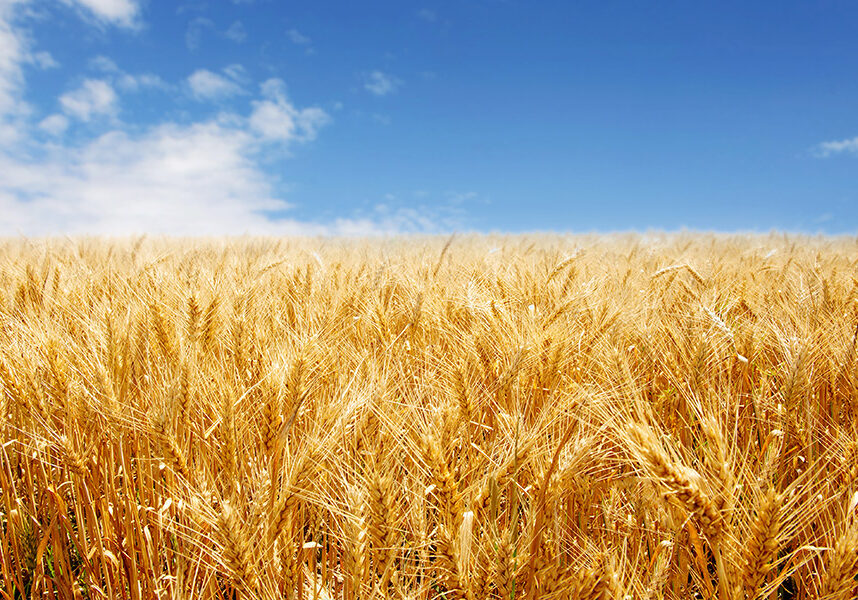
Neil Appel and his wife, Liz, have been growing commodity crops on their family’s Dusty, Wash., wheat farm for nearly two decades, but in the last couple of years, they’ve given over some of their acreage to raising landrace grains for Don Scheuerman at Palouse Heritage.
Read more about Palouse Heritage.
“That first year, I put in some Scott’s Bere and some Purple Egyptian barley. They didn’t yield really well, but when you looked at the bottom line, comparing conventional barley to this with what Don was paying, I was much better off, because I didn’t have as much fertilizer going into it, and he paid well enough that it made sense,” Neil explained.
Appel likes the idea that he can follow his barley through a local and regional food system and see his friends and neighbors enjoying the beer or whiskey made out of it. He also sees these niche markets as a way to diversify his income stream and help secure his farm’s future for his children.
“At the end of the day, I think, as a producer, I will gain more (from these niche markets) over a standard commodity market,” he said “Normally, we wouldn’t have $11 wheat, but when everything shakes out, I think this will be better. But in order to make it work, you have to have a market developed, or somebody has to develop a market for these grains.”
For Appel, growing grains for Palouse Heritage is part of a larger experiment he’s been running on his farm to capitalize his ground more efficiently, such as creating a secondary market by grazing cattle and sheep on cover crops, using regenerative farming practices to improve his soil health, and moving away from glyphosate and synthetic fertilizers. He has also worked with Washington State University specialty crop breeder Kevin Murphy to experiment with quinoa and spelt.
Appel doesn’t foresee being done with the commodity market anytime soon.
“The market (for the landrace grains) is not that big at this point in time,” he said. “It is developing, but it is a niche market. I wouldn’t put in 1,000 acres of Purple Egyptian barley because you’ll be sitting on it for a while. You have to know your market and having the crop presold is huge.”



